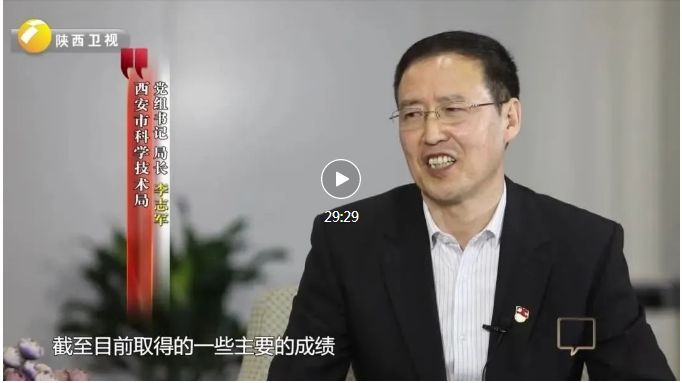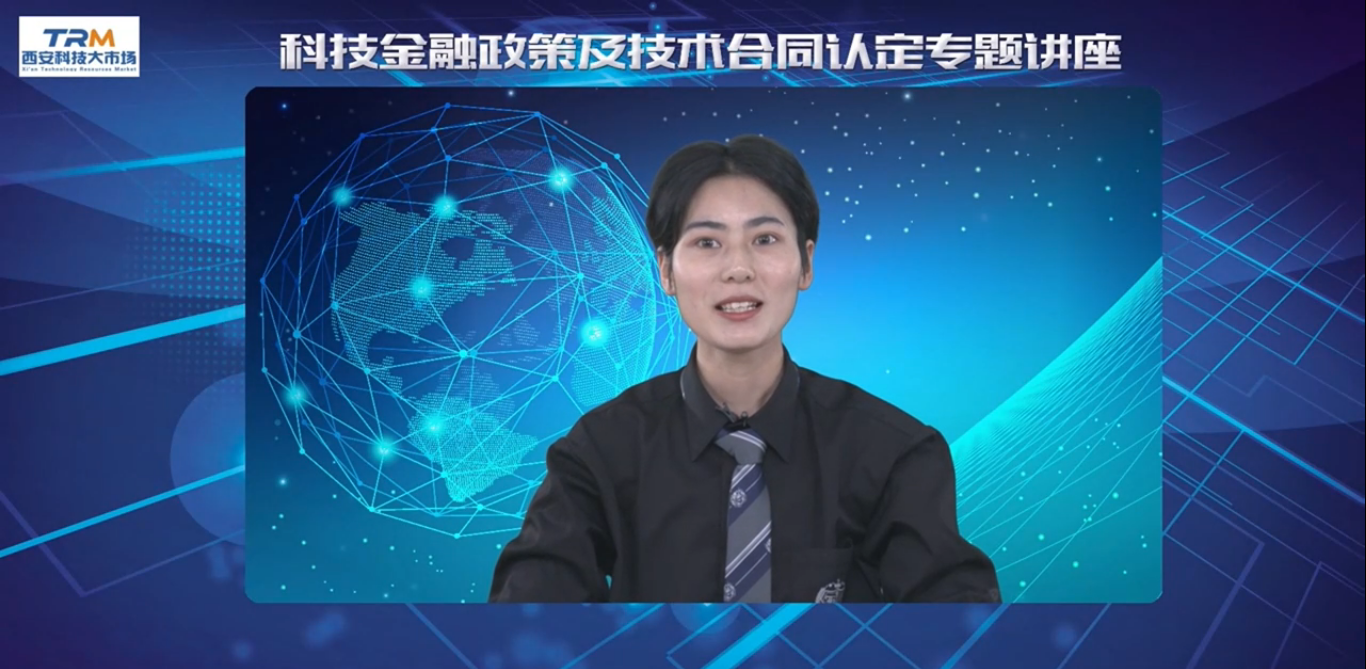nature:美科学家将人类皮肤细胞直接转化为神经细胞 -米乐体育官方
英国《自然》杂志网站刊登的一份研究报告说,美国研究人员不久前成功将人类皮肤细胞直接转化为神经细胞,这对于再生医学等领域具有重要意义。
美国斯坦福大学医学院的马里厄斯·韦尼希等人报告了这项成果。该小组曾在去年撰文说,可用3个基因将实验鼠的皮肤细胞转化为神经细胞,后来又尝试以同样方法改造人类皮肤细胞,不过这样得到的细胞只是与神经细胞相似,不具备发送电信号的功能。经过长期寻找,研究人员终于发现,如果加入第四个基因,可将人类皮肤细胞直接转化为具备发送电信号功能的神经细胞。
本次研究的一大成功之处是直接将人类皮肤细胞转化为神经细胞,而此前一些细胞转化研究需经过“诱导多功能干细胞”阶段,即先对成年体细胞进行基因“重新编排”,使其回归到胚胎干细胞状态,成为具有分化成不同组织能力的“诱导多功能干细胞”,再将其慢慢培育成所需细胞。
研究人员说,与使用这种方法相比,直接把皮肤细胞转化为神经细胞在时间上更快,转化生成的新细胞发生病变的风险也更少。
不过,本次研究成果也存在一些需改进之处。一方面是转化成功率较低,只有2%到4%。另一方面,转化得到的神经细胞使用谷氨酸盐作为传递信号的化学物质,这限制了用它们治疗帕金森氏症的前景。在帕金森氏症患者中,正是使用谷氨酸盐的那些神经细胞出了问题。
韦尼希说,接下来将一方面努力提高细胞直接转化的成功率,另一方面也将尝试培养不使用谷氨酸盐的神经细胞,如果能获得成功,将为再生医学领域使用这些细胞治疗帕金森氏症等神经系统疾病带来希望。
生物谷推荐原文出处:
nature doi:10.1038/nature10202
induction of human neuronal cells by defined transcription factors
zhiping p. pang,nan yang, thomas vierbuchen, austin ostermeier,daniel r. fuentes, troy q. yang, ami citri, vittorio sebastiano, samuele marro, thomas c. südhof1, & marius wernig
somatic cell nuclear transfer, cell fusion, or expression of lineage-specific factors have been shown to induce cell-fate changes in diverse somatic cell types1, 2, 3, 4, 5, 6, 7, 8, 9, 10, 11, 12. we recently observed that forced expression of a combination of three transcription factors, brn2 (also known as pou3f2), ascl1 and myt1l, can efficiently convert mouse fibroblasts into functional induced neuronal (in) cells13. here we show that the same three factors can generate functional neurons from human pluripotent stem cells as early as 6?days after transgene activation. when combined with the basic helix–loop–helix transcription factor neurod1, these factors could also convert fetal and postnatal human fibroblasts into in cells showing typical neuronal morphologies and expressing multiple neuronal markers, even after downregulation of the exogenous transcription factors. importantly, the vast majority of human in cells were able to generate action potentials and many matured to receive synaptic contacts when co-cultured with primary mouse cortical neurons. our data demonstrate that non-neural human somatic cells, as well as pluripotent stem cells, can be converted directly into neurons by lineage-determining transcription factors. these methods may facilitate robust generation of patient-specific human neurons for in vitro disease modelling or future applications in regenerative medicine.
编辑:系统管理员
-
《科技视界》142:科技政策宣讲回顾


